Human trafficking is a growing problem in the United States and the rest of the Western world. The most vulnerable among us are being exploited by criminal elements seeking to enslave them for a myriad of illicit purposes.
Typically, when one thinks of trafficking, one imagines the victims to be young men and women being sold for sex or forced labor. Immigrants, both legal and illegal, are also highly susceptible to being pulled into this underworld of exploitation. However, there is a group of victims that often goes unnoticed: homeless veterans.
VA News published a report featuring Katie Papke, a social worker at the Battle Creek, Michigan branch of the Department of Veterans Affairs, who discussed her experiences helping veterans who had become human trafficking victims. During a recent podcast episode, she recounted discovering the distressing trend of homeless veterans being trafficked, and her observations prompted the VA to ramp up efforts to address the problem.
The VA National Human Trafficking Prevention and Education Committee is working to counter misconceptions and preconceived notions around what human trafficking is, who is at risk and how to identify and support victims.
Often portrayed in the media as exclusively sex trafficking, human trafficking is forced labor of any kind, including commercial sex acts and other types of labor, obtained through coercion, force or fraud.
Papke describes it as a crime that’s hidden in plain sight. It happens to people from all walks of life in all areas of the United States and can be perpetrated by strangers, partners, family members, friends and even parents.
The report notes that human traffickers “seek out the most vulnerable and desperate among us” and typically “target homeless shelters, offering individuals a place to live and false promises in exchange for forced work and using a person’s fear of returning to the street against them.”
Papke noted that homeless veterans tend to become victims because they “reach out to all types of people and resources and become desperate to find ways to either keep them housed or get them housed rapidly,” which creates a situation in which the “potential for human trafficking can occur.”
The VA National Human Trafficking Prevention and Education Committee has ramped up efforts to dispel myths surrounding human trafficking and to train employees to recognize and support victims. Despite the challenge of identifying those who have been trafficked, the agency appears to have made some progress in helping these individuals. Still, the problem is an issue for far too many.
In 2020, VA assembled a team to investigate the issue and found that 36% of VA staff had encountered a Veteran who was a victim of human trafficking. After training, 38% of that staff was able to recognize a past missed opportunity to further assess if a Veteran was being trafficked.
It can be hard to spot human trafficking—particularly labor exploitation—especially if the victim doesn’t know it’s a crime.
Human trafficking is a crime that disproportionately impacts people based on socio-economic, physical, and mental health factors, which makes homeless veterans prime targets.
The VA has also established a Human Trafficking Tiger Team to gather evidence-based materials and promote education about the issue. The team consists of 35 experienced subject matter experts located across the country and has pinpointed various factors that can help the agency identify and help veterans who are being trafficked.
Through this literature and research review, the high-risk factors associated with human trafficking directly correlate to common risk factors among the Veteran population. One commonality to all forms of human trafficking is the impact of trauma and violence on the victim’s physical and emotional health. If a victim’s health makes them unable to work, a trafficker may allow the victim to obtain minimally necessary medical care. According to the American Public Health Association,4 87.8% of human trafficking survivors had contacted a healthcare provider in some capacity during their victimization. Additionally, 63.3% were seen by a medical provider in an emergency room setting while being trafficked. Medical providers are a unique point of access to help victims while being trafficked. The VA is uniquely poised across the nation to identify and address potential trafficking victims.
The strides that the VA is making are a promising sign, especially for an agency that has been criticized for failing to take care of veterans in an adequate fashion. Perhaps through their efforts and others dedicated to eliminating the scourge of human trafficking, more veterans and others can be saved from being thrust into the world of modern-day slavery in America.
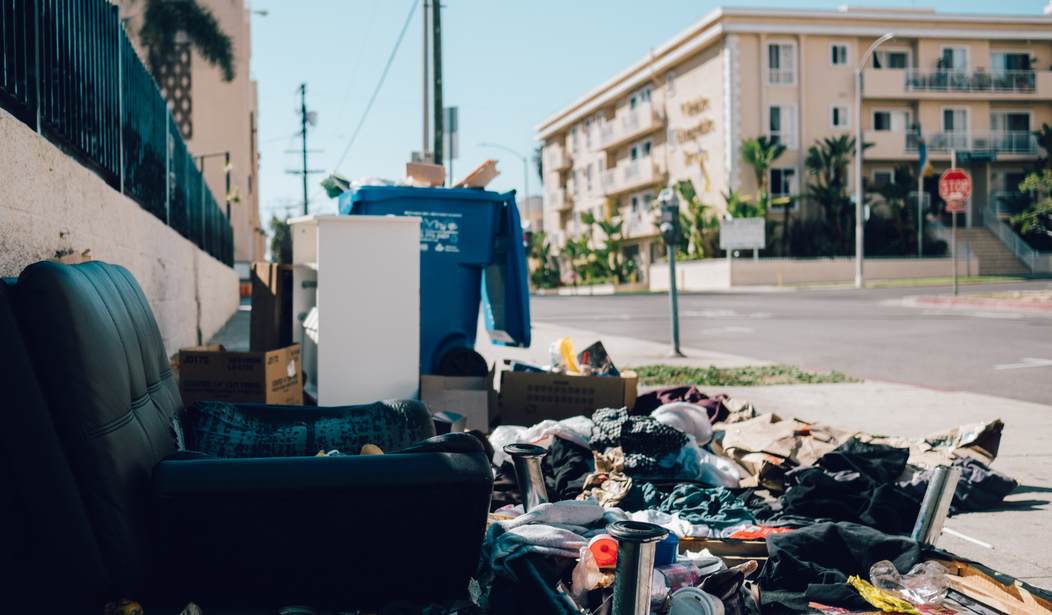
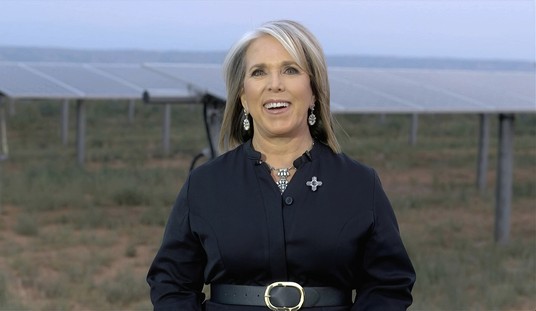

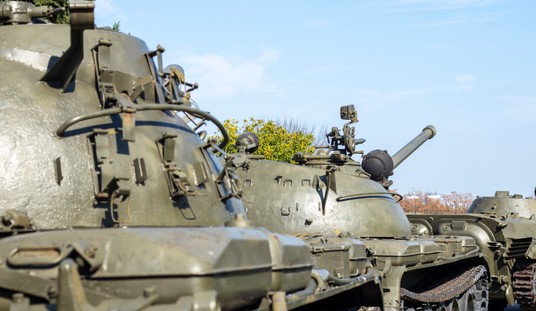

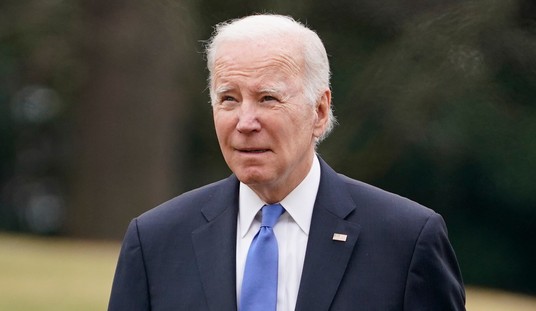
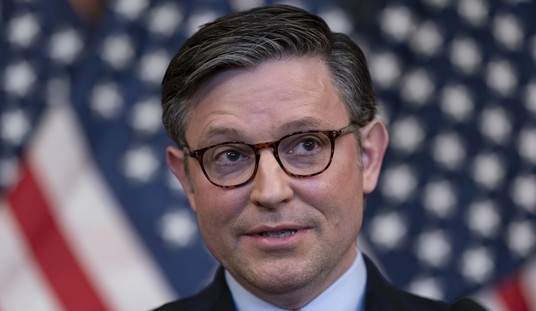

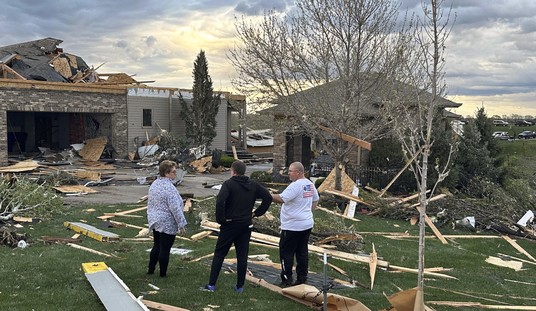
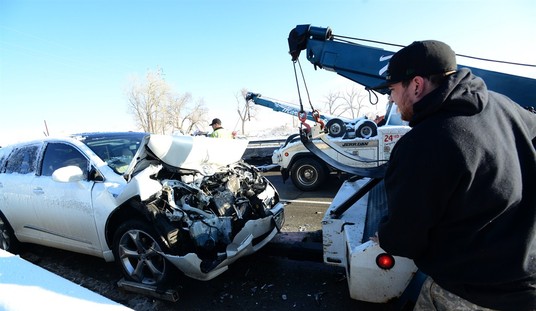
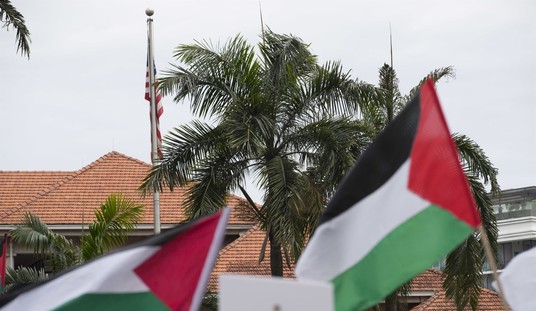


Join the conversation as a VIP Member